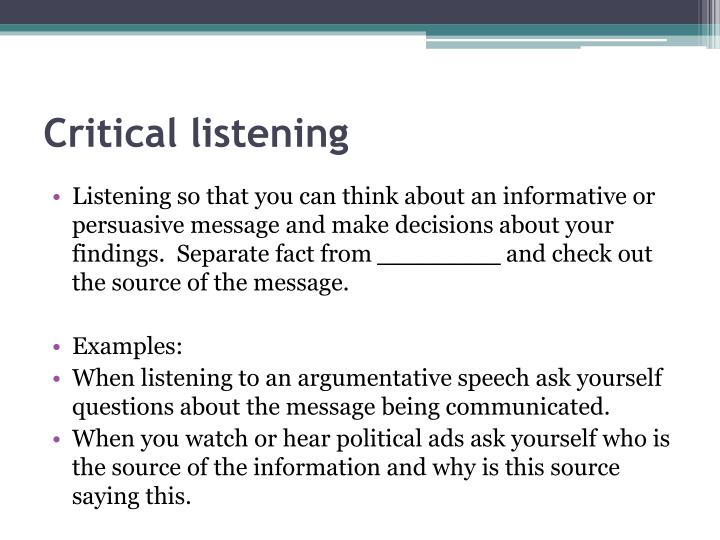

much more than a measure)? Or short (i.e.

Are some pitches separated by intervals (i.e.Now, choose one of the following characteristics from the list below that defines the melodic motif you just sang: Pick a song you like and listen to the first two lyric lines of a verse or chorus. Then, as we observe tools in their work, we try our hand at applying those tools within the scope of our own inspiration. The way we learn any craft is to study the work of those whose craft we admire. So within the larger part of melody, we can develop a language to describe what a melody is and does by looking at the shapes created by the pitches and the rhythms. When we sing a note in a melody, we need to know what pitch to sing, and where and how long to sing it. All memorable music builds on at least one musical motif. Of course, once we vary the motif so much that it’s unrecognizable, our melodies begin to sound haphazard. Less commercial or “art-driven” writers may lengthen the motifs, use repetition more sparingly, or vary the motifs more drastically. Highly commercial writers, like Mozart or the Stones, often employ short motifs repeating frequently throughout a song section. The chorus and verse may have similar or contrasting motifs, and the prechorus and bridge yet another motif.Ī great motif is a powerful combination of pitches and rhythms that define the song. Memorable melodies contain a motif-you know, that string of notes that repeat over and over again throughout the verse or chorus, and seem to belong to only that song. We are going to dive into several aspects of melody as it applies to critical listening, including motif rhythm and pitch chords and melodic rhythm. To help us do this, select a song of your choice and let’s get started.
#Critical listening how to
Here we’ll break down and define each of these musical components and discuss how to listen and employ them to improve songwriting. When we apply critical listening to each part separately, we can notice its shapes and rhythms, and see patterns in its content. So how do we learn to do this? We start by breaking the different components of a song into four large moving parts: Melody, Chords, Lyric, and Groove. One of the most important techniques you can learn as a songwriter is critical listening. Like any art, it is not the techniques that define the art, but rather how we choose to use those techniques as we dip into our wells of inspiration. This is why critics often ask “Can songwriting be taught?” Certainly it can.

The main reason I didn’t use technique as a beginning writer is that I lacked the language to define and express what the techniques are. We’ll blow a whole tank of gas only to end up with no idea where we are. Writing without technique is like taking a road trip without a map.


 0 kommentar(er)
0 kommentar(er)
